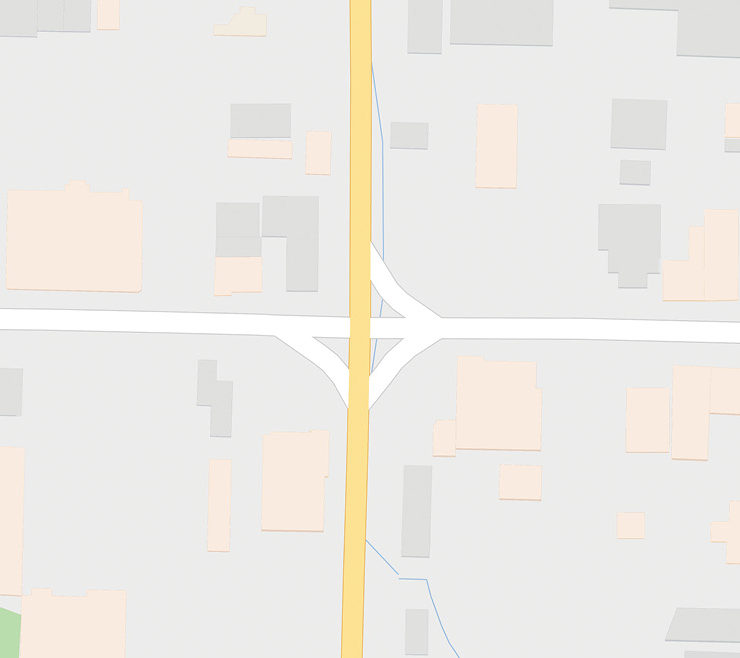Opinion: The Consequences of Not Teaching Cursive

 As someone who does not have children, I was somewhat oblivious to the fact that some school districts were not teaching cursive writing as part of their curriculum. I had heard the angst about teaching the Common Core standards but didn’t spend time drilling down to see what it meant.
As someone who does not have children, I was somewhat oblivious to the fact that some school districts were not teaching cursive writing as part of their curriculum. I had heard the angst about teaching the Common Core standards but didn’t spend time drilling down to see what it meant.
As a young person who went through Catholic school education, cursive writing was one of the first things we learned and practiced. It was also sometimes used as a punishment — we would write the same sentence over and over on the blackboard while others were out playing during recess. I never thought about what it would mean if you couldn’t read cursive writing.
Since my retirement, I’ve been working with historical documents in the Henry J. Waters III Digital Photo and Records Lab. These include the handwritten documents of the county’s first records and the photographer’s records of the historical glass plate photo collection at the Boone County History and Culture Center.
It was here that I realized that the elimination of cursive is a significant problem. The process we go through to digitize the more than 600,000 glass plate, tin, and film negatives in our collection is sort of a forensic examination of the photographer’s hand-written records. When working with student interns, it made me aware of what a problem it is for them to decipher these records. It is critically important that we produce the correct information about each photograph for future genealogists, historians, and researchers.
When I met with a state archivist while working on setting up the processes we should use to develop best practices, I asked about some of the biggest problems they faced in preserving historical records. She mentioned that it was hard to find qualified staff with the proper degrees that can also read cursive writing. Think about it: If our young people today don’t learn to read cursive, they’ll never be able to read historical documents. These documents are used to research archival collections, literary papers, and our own family history. Valuable information that may be written in your family bible or in old letters sent back from soldiers in the early wars will be lost. It is our responsibility to preserve these documents for future generations. (Another best practice in business and social life, I’ve learned, is a handwritten thank you note. It is much more personal and has a greater impact than an emailed or type-written note, and cursive seems more courteous to me.)
Thinking about the importance of this, I looked to see what some research about this subject could turn up. I didn’t do a deep dive, but several articles I’ve read talk about the improved comprehension of conceptual items and retention by students when writing by hand versus taking type-written notes in class. One potential reason is that, when handwriting your notes, you’re more likely to pick out the most important aspects of the lecture to review later for your tests. I know from experience that when I write down something I shouldn’t forget, I’m much more likely to remember it.
I was curious whether Columbia Public Schools taught cursive or not. I reached out to the administration. Jana Schmidt, the K-8 language arts coordinator, wrote back: “Columbia is implementing the Missouri Learning Standards. Under the language section of the standards, cursive is mentioned for third grade. By placing this skill in our core curriculum, we are ensuring that students will have exposure.”
Is this enough? I don’t know. Only you, as parents and employers, can answer that question. But if I’m only “exposed” to something, I probably am not going to grasp it enough to use it as part of my daily life.








